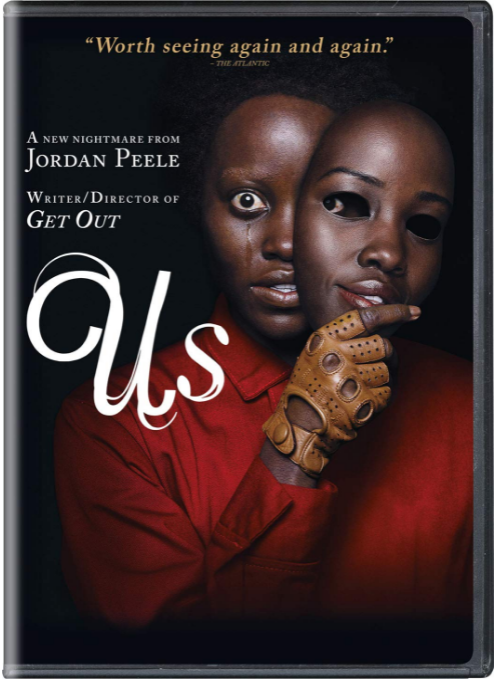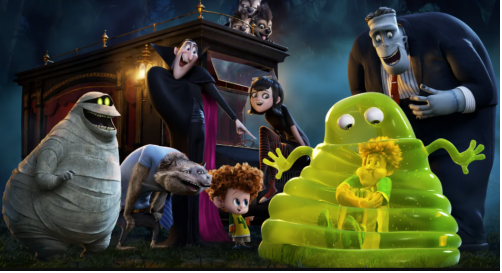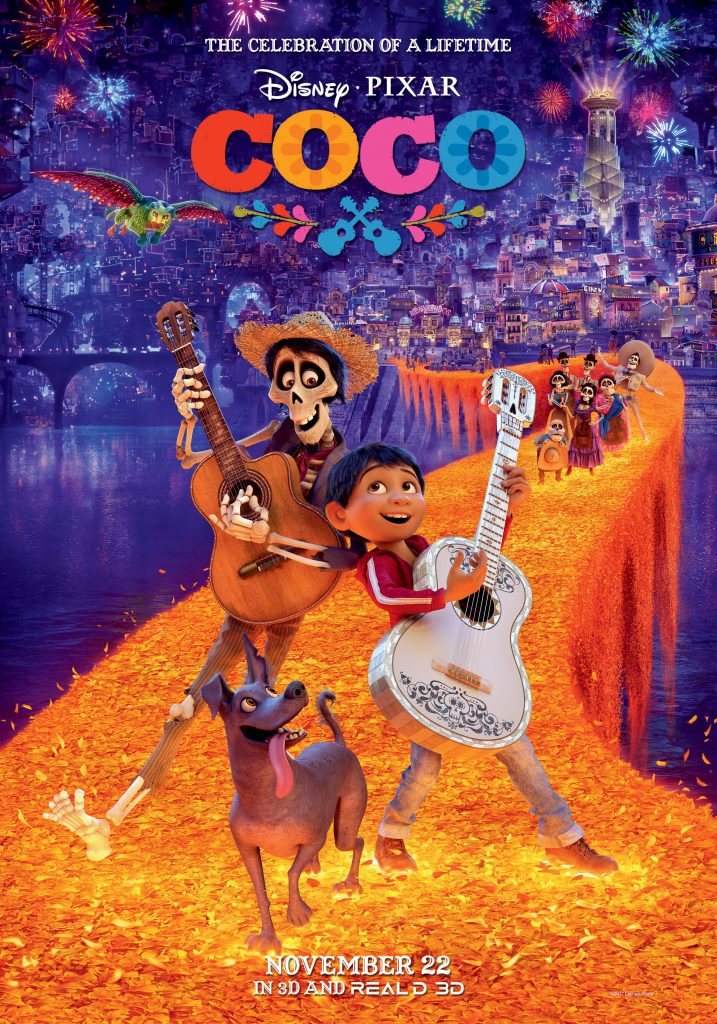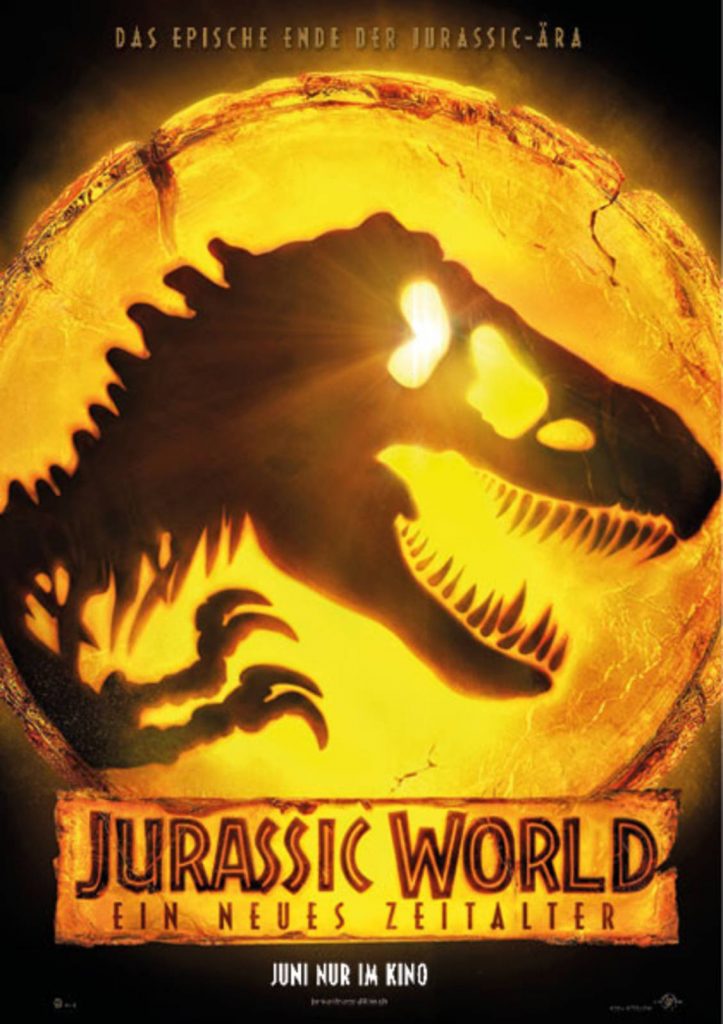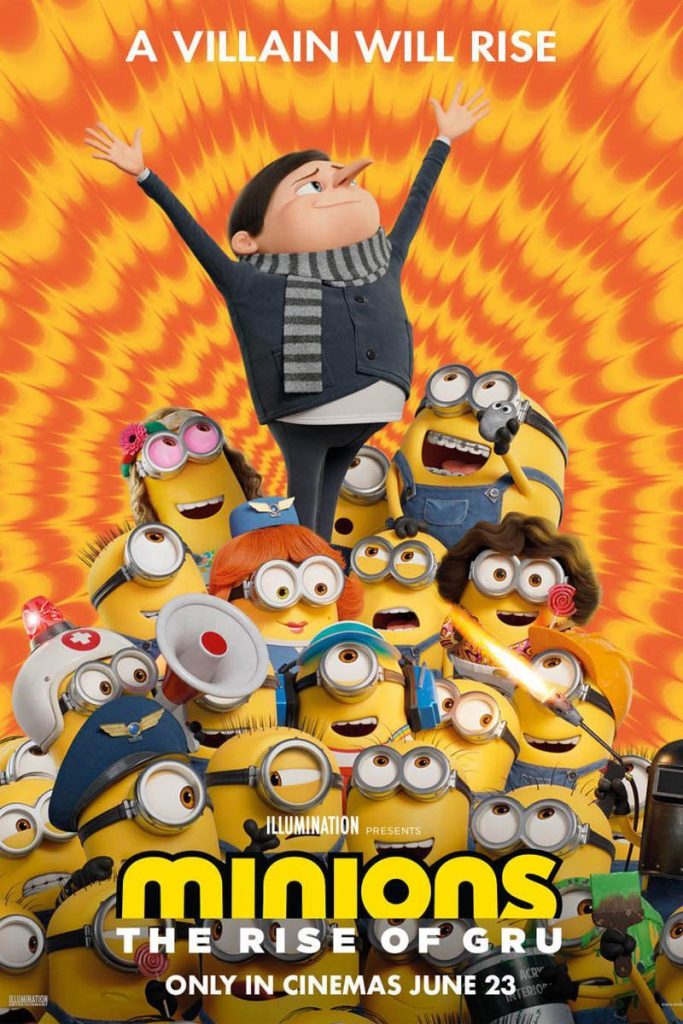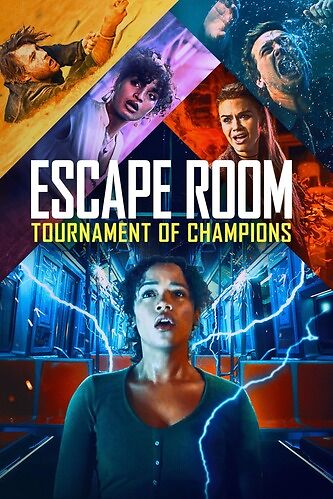Horror films are now about style too. The hidden issues of racism and the details of contemporary American politics have sparked a lively debate among fans worldwide. The quality and substance of the film has made it the fifth horror film in history to be nominated for the Best Picture Oscar.
Horror films are now about style too. Two years ago, “Escape from Zootopia” didn’t spill blood, didn’t play the jump scare routine. It scared the hell out of audiences with its thoughtful setting and creepy atmosphere. The hidden issues of racism and contemporary American politics have sparked heated discussions among fans worldwide. The quality and substance of the film made it the fifth horror film in the history of cinema to be nominated for Best Picture at the Oscars. Director and screenwriter Jordan Peele also took home a small gold medal for Best Original Screenplay.
Jordan Peele won the 90th Academy Award for Best Original Screenplay, an accolade that gives Jordan Peele more resources to practise his creative passion. Most recently, he has a $20 million investment from renowned horror studio, House of Horrors, for a new and ambitious horror film, We
In a horror genre with consistently low word-of-mouth, this score is simply irresistible. Jordan Peele’s own golden signature, the media frenzy, and various fancy promotions have managed to make this film a box office hit. It opened to a whopping $70 million at the local box office in its first week, ranking third in the record books for R-rated horror films. Behind only the new version of “Moonlighting” and “Return of the Clown”. The film’s IMDb rating is currently in the low 7’s, with “pretentious” and “uninformed” being the most common words used in poor reviews.
The film’s plot is not, by definition, complicated. As early as the first trailer was released, the general plot of the clone against the original was revealed. How could one not understand the routine of “killing oneself”? With doubts, Uncle Fish clicked on the play button. In the opening shot, there was this set of subtitles: I: Tunnel? Underground? Mine? What the hell?
After a few more inexplicable shots, the title of the film finally emerges, accompanied by a bizarre rabbit. And then it’s still rabbits, rabbits, and more rabbits… At this point, the film has been running for ten minutes. And yet I haven’t seen anything yet. Uncle Fish was getting a bit restless and couldn’t help but move his butt from side to side to calm down his slightly anxious emotions. But then the plot finally started to return to normal. The main character is Adelaide, a housewife played by ‘Best Supporting Actress’ Oscar winner Lupita Nyong’o (12 Years a Slave). She has a happy family of four, a funny husband and two adorable children. On a sunny summer day, the family arrives in California for a holiday. After settling in, her husband suggested a trip to the nearby Santa Cruz beach. Like a spell, the name of the place struck a ghastly memory hidden deep in Adelaide’s mind.
In 1986, as a young girl, she was taken by her parents to Santa Cruz Beach to celebrate her birthday. That night, lured by some strange force, she unwittingly entered an Indian-themed haunted house on the beach. In an instant, the coastline, which had been calm, becomes lightning and thunder. In the haunted house, Adelaide meets another version of herself. She is convinced that it is not a mirror image, not a hallucination, but a living, breathing person. Frightened, Adelaide escaped from the haunted house and developed aphasia, only regaining her speech after a long period of psychological counselling. To this day, she has never revealed to anyone what happened to her that night. But she could feel that her other self was approaching. As it happened, the night after the revisit to Santa Cruz Beach, a group of mysterious people forced their way into their home.
A grown man, a grown woman, plus two children. The four mystery men were all wearing red uniforms and carrying a pair of sharp scissors. Who are they? They were us! The woman in red opened her mouth first. She called herself Red, the ‘shadow’ of Adelaide. She said that their destinies were so closely linked that they had formed a strange bond of sorts. Where this bond came from, Ryder did not explain. But the purpose of the Shadows was clear: to kill the essence and take its place. What is even more paradoxical is this. Adelaide was not the only family to be hunted by the Shadows. Overnight, the streets and alleys were littered with corpses, and countless instants were killed by their own shadows without any defence. These shadows seem to have no emotion or self-awareness, nor do they speak. They are like a killing machine, coldly carrying out their killing mission.
During the hunt, Reed kidnaps Adelaide’s young son, Jason. To free the child, Adelaide has to return to the Indian haunted house from back in the day. She seemed to know where Red would be waiting for her. She walked straight to the depths of the haunted house and opened a hidden and concealed door. Behind the door lies a vast system of underground passageways, with huge spaces and crawling with rabbits. The opening description of abandoned tunnels and rabbits is finally echoed here. Reed, waiting quietly in the underground hall for Adelaide, reveals the truth about the Shadows. It turns out that the Shadows are the product of a cloning project.
At that time, in order to strengthen their domination, the government departments tried to indirectly control the instants on the surface by controlling the clones underground. The so-called ties were, to put it bluntly, those strings of the puppets that carried the strings. However, long-term experiments proved that these clones produced were cripples that lacked emotion and soul, and did not even have the ability to speak. It was simply impossible to manage them effectively. So the government decisively abandoned the project, evacuated the people involved and left the clones to fend for themselves underneath. For a long time, the clones were left to feed on the rabbits left in the labs, which were able to reproduce in large numbers.
Extinction was almost inevitable. But God did not seem willing to abandon them, and a miracle happened. A little girl who escaped from an Indian haunted house back underground suddenly has a separate consciousness and personality, and even learns to speak and dance. This girl is none other than Reid. The clones see that Red is different and worship her as a god, expecting her to save everyone from their misery.
So it was only natural that Ryder became the leader of the Binding System. Under her leadership, more and more of the clones find their sense of self. But this was only the beginning of the grand plan. She used the 1986 ‘Crossing America’s Hand’ public service campaign (again echoing the opening vignette) as an ideological platform to advocate clone solidarity. For decades, she ran the clone colony militaristically, equipping them with uniform scissors and red uniforms. Awaiting the day when they would counterattack the surface. Thanks to Adelaide’s revisit to Santa Cruz Beach, a telepathic connection between the two allowed Reed to rediscover the path to the surface. The time is right and the clone army is finally able to break out of the underground and put down the Originals. But Adelaide doesn’t seem interested in the events that led up to it; she just wants to get her kidnapped son back.
There are no surprises after that. The two engage in a fierce duel, and the story eventually comes to an end when the being triumphs over the shadow. So, it’s a happy ending of sorts? It’s certainly not that simple. In the preceding plot overview, it actually leaves a lot of holes that will raise questions. For example: what exactly happened the night that the being and the shadow met that something terrible happened to make Adelaide suffer from aphasia? Of the many clones, why is it that only Ryder has the ability to speak? How did Adelaide, who had never been to the underworld, manage to find the hidden door in the Indian haunted house so effortlessly and so naturally? How did Reed, who had never been exposed to surface society, learn of the existence of the Hands Across America? The answer is obvious enough: on that stormy night in 1986, it was not Adelaide who ran out of the haunted house, but her shadow from underground, Reed. The real Adelaide, knocked unconscious by the haunted Reed, was locked in an underground tube. The essence became a shadow. So, there was never any aphasia.
The Ryder who came to the surface did not possess the ability to speak per se. Nor was there any miracle of consciousness awakening at all. Adelaide would have been a surface girl with an independent mind, who could talk and dance. The ‘Hands Across America’ event was just a remnant of her memories of the surface world. What is even more alarming is that a girl with a real soul has become linguistically degraded as a result of her long captivity underground.
A cloned body, on the other hand, is able to become indistinguishable from a normal human being over a long period of time. The environment has a far greater impact on people than we can imagine. But to see this reversal as the core of the film’s plot would be to underestimate the director’s skill. Whereas Escape from Tortola was a political thriller, Us is also a cautionary fable wrapped in a horror film. After revealing the truth about the swap between the body and the shadow, a question haunts Uncle Fish: Why did the shadow imprison the body underground instead of coming to the surface with her to reveal the truth? Why must it be your death and my death, and the two cannot coexist? The answer was really quite simple – greed.
Reed understands that if the clone’s secret is released to the public, the consequences will be unpredictable. But if she escaped on her own, she would at least be assured of a happy future on a prosperous surface world. To achieve this, she not only abandons her underground kin, but also murders the innocent Adelaide. Ryder is given more than just greed personified. She represents not an individual, but a nation. Which country? Remember the title of the film? We US → U.S. → United States → America, and it is made clear early on in the film: we are Americans” Reed’s life story is, in fact, a metaphor for the development of America everywhere. The early American settlers, with the help of the Indians, established a solid colony. But later, during the westward movement, they began to massacre the native Indians in order to gain access to land. Isn’t that like Red, who abandoned his clones and even fought against them? If Reed is referring to the country, what about the shadow that has haunted her for so long? There are plenty of close-ups of shadows in the film, and the answer is history. History is the shadow of the state, born of the past but able to change the future in ways that affect the present. Jordan Peele, who is well versed in sociology and the contemporary political landscape, understands that a new generation of Americans is living in what Huxley described as a ‘beautiful new world’.
They no longer care about history, they see politics as a child’s play, and they have even turned the elections that will determine the fate of the country into a farce. That is why Jordan Peele draws on the book of Jeremiah in the Old Testament, which appears several times in the film, to warn the paper-thirsty American nation: “Therefore thus says the Lord, “I will bring a plague upon them, from which they cannot escape. And they shall cry unto me, but I will not hear them.” This is not a prophecy of doom, but the inevitable outcome of a nation that has lost its capacity for self-reflection.
Although the film does suffer from thin horror elements and an overly scattered narrative, the rich and subtle metaphors make Uncle Fish want to shout from the bottom of his heart. Bully!
